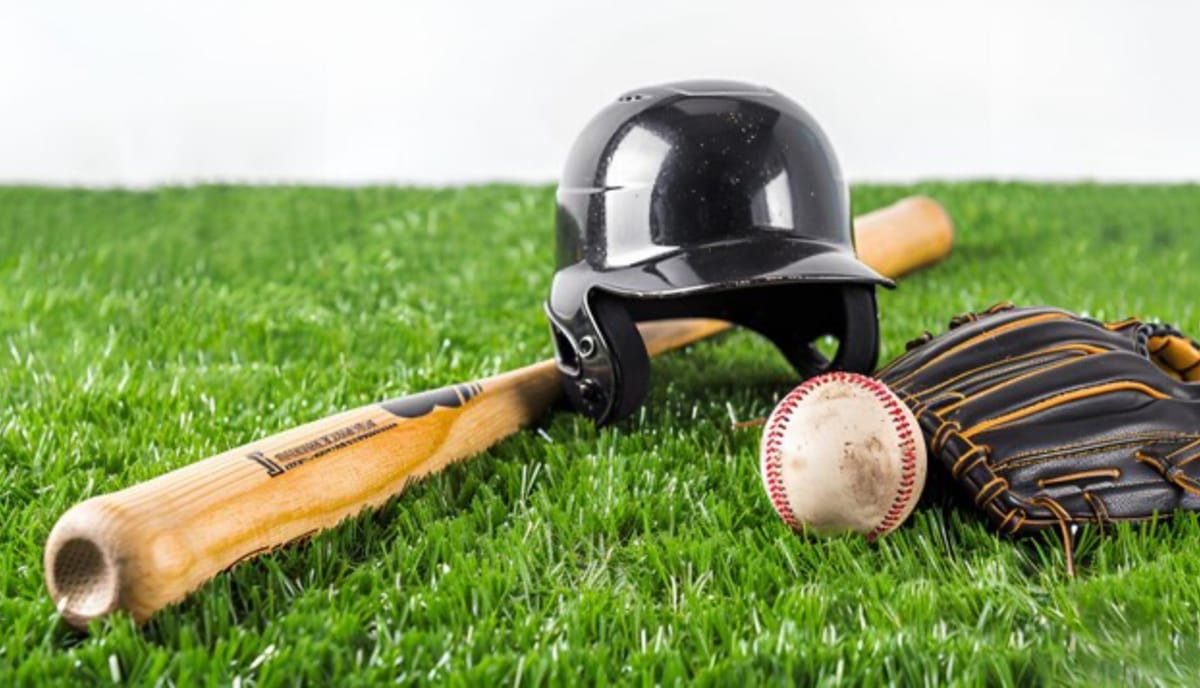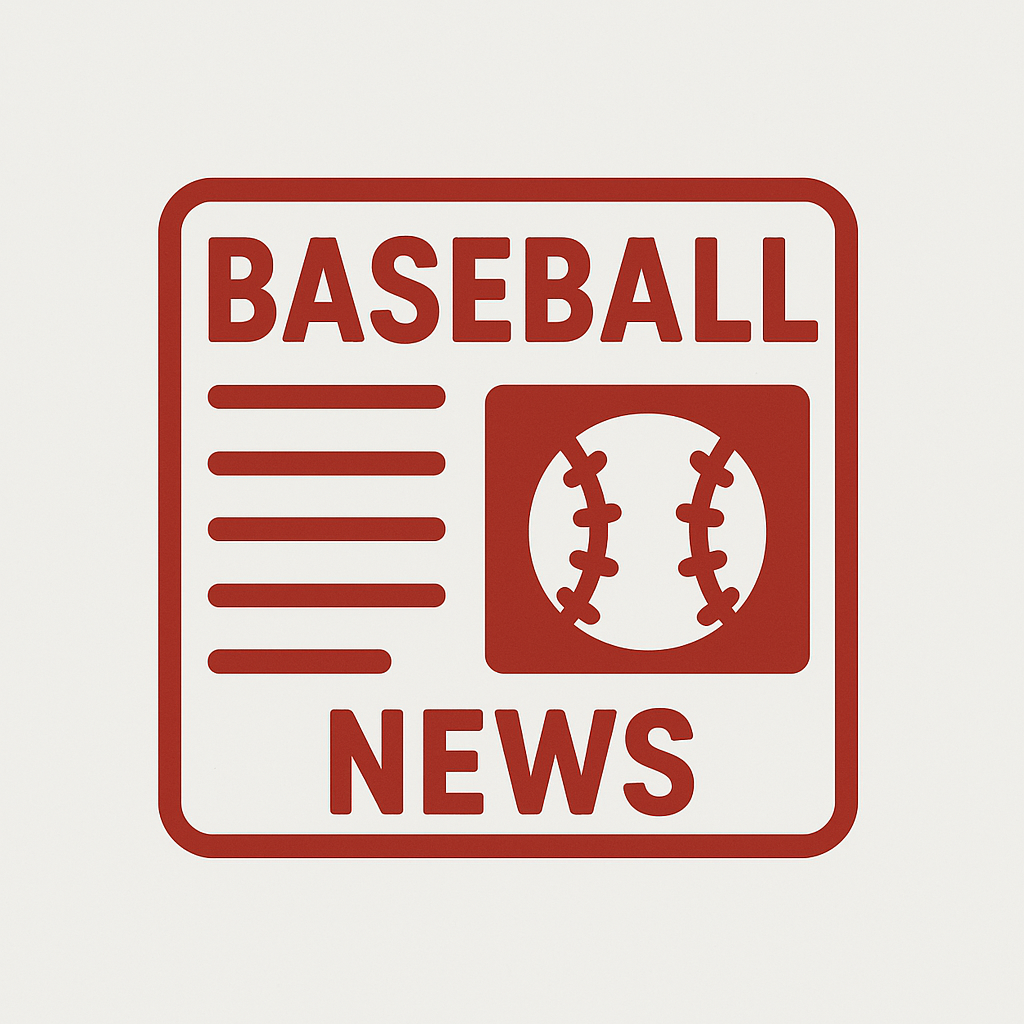Understanding the Game (Part 2): Beyond the Basics of Baseball

I previously wrote an article on the basics of baseball, and after receiving a request for a follow-up, I’m back with part two. This time, instead of the very basics, we will focus on things beyond the fundamentals.
How to Score (Part 2):
If a player hits the baseball over the fence and there is already a runner(s) on base, the player who hit the ball, and the player(s) on base count as a run. Example: If John is on first base, and Luke hits a homerun, John and Luke both count as runs and the score is 2-0.
Stealing Bases:
If a player gets on base (usually 1st, or 2nd), they have the option to try to run to the next base. While the pitcher is preparing to throw home, the runner takes off, trying to reach the next base before the catcher catches the ball, and throws it to the next base, so that the defense can try and tag them out. It’s a risky move, but it could help your team.
Ways a Batter Might Get Out:
The following are ways a batter might hit the ball, and get out:
Pop up = Very high batted ball in the air. Usually not very far.
Flyout = High batted ball that travels farther than a pop up.
Groundout = Batted ball that hits the ground, and is fielded by an infielder.
Lineout = Sharply hit ball that doesn’t ark, but doesn’t touch ground.
The following are ways a batter might not hit the ball, and still get out.
Strikeout = The batter collects three strikes before they hit the ball.
Batter Interference = The batter interferes with the catcher, pitcher, or any player.
Batting Out of Turn = The batter bats in the wrong order.
Foot Out of Batter’s Box = The batter’s foot is completely out, in front of, or behind the box
Umpires:
Umpires are important in the game. There is one HP (home plate) umpire, who calls balls and strikes, and there are 3 field umpires. They are all supposed to make calls at that base. On top of that, the 1B, and 3B umpires indicate whether the ball hit was fair or foul. All umpires also have the ability to eject player, coaches, or fans from the game.
Stadiums:
One of the many`fun parts about MLB is that all stadiums are different. Unlike other sports, all baseball parks are different dimensions. For example:
Dodgers Stadium (Dodgers Stadium)
Left Field: 330 feet
Center Field: 395 feet
Right Field: 330 feet
Oracle Park (Giants Stadium)
Left Field: 339 feet
Center Field: 391 feet
Right Field: 309 feet
Unlike NFL, NHL, and NBA venues, all MLB parks are different.
Home Field Advantage:
Per sportsbettingdime.com, the home team wins 53.5% of the time. As the hosting team, you also have the majority of fans cheering for you, and you get last at-bats. As I was touring the Wrigley Field (Cubs’ home ballpark), the tour guide said that the home teams also has subtle advantages. Here are some:
Better locker rooms
Better shower
Dugout benches out of the sun
Larger clubhouse
Studies also show that umpires favor the home team by 0.62%. That’s just a few reasons why you wanna be the home team.
7th Inning Stretch:
Every team does this. It’s where fans get up, stretch, and sing Take Me Out to the Ballgame. The most well known singer (of Take Me Out to the Ballgame) is Harry Carry. He was known for his awful singing, and lighthearted announcing.
Favorite Ballpark Foods
While favorite ballpark foods vary, my favorite food is always a hot dog. Sometimes a soda goes along nicely. If you go to the ballpark in the afternoon or evening, it’s usually good to buy some food. According to MLB.com, these are the top 11 most consumed foods at the ballpark.
1. Pretzels
2. Hot dogs
3. Peanuts
4. Chicken Fingers
5. Cracker Jacks
6. Beer
7. Burgers
8. Nachos
9. Cotton Candy
10. Soda
11. Sunflower Seeds
Thanks for reading!
